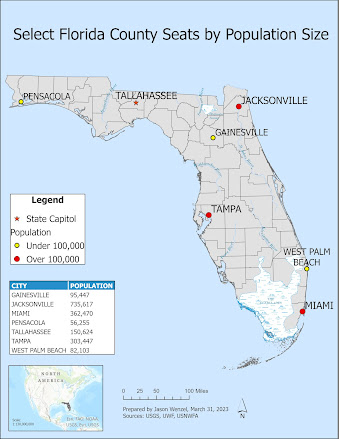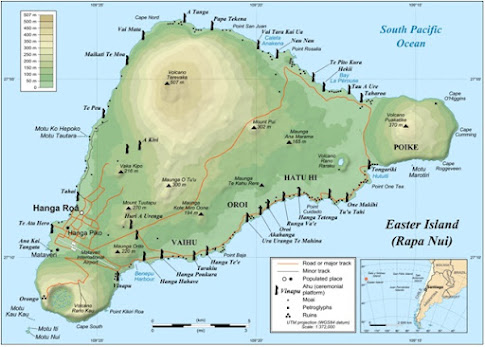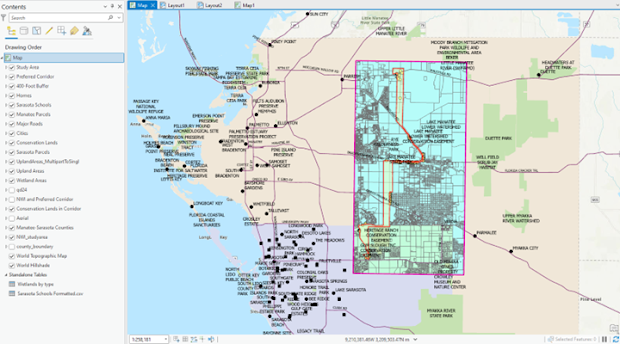Map Elements and Typography

This week in Computer Cartography (GIS 5007), I completed Module 2 which covered map elements and typography. This module was helpful in reinforcing and sharpening some of the existing knowledge learned and skills developed in Introduction to GIS, in addition to learning a few new things, such as the importance of placement, color, size, symbolization, and much more for various icons, labels, and other features used in map layouts. For the module, I prepared a map of Florida that shows the locations of six different Florida county seats by population size. I incorporated t hree customizations to this map include delineating select county seats by population (larger red circles for cities over 100,000 and smaller yellow circles for cities under 100,000), inserting a data table listing the numeric population values, and using swamp/water default for the swamps’ symbology. Overall, I am pleased with the map produced, and I felt that this week's activities provided a needed confide


